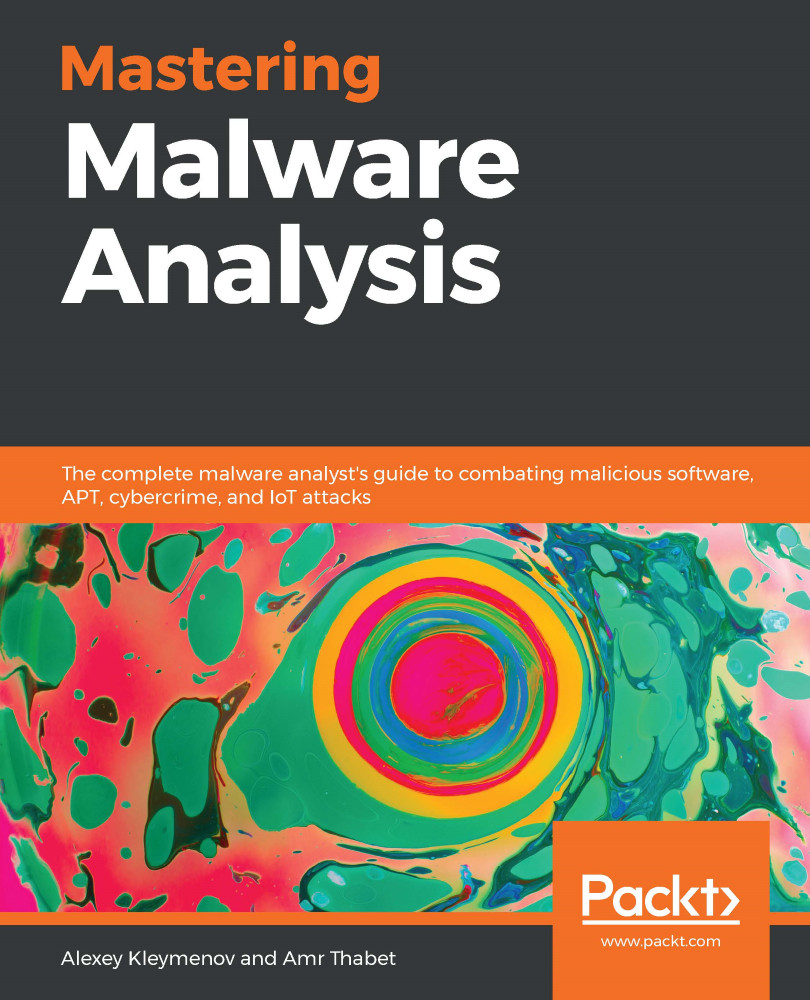Python is a high-level general-purpose language that debuted in 1990 and since that time has gone through several development iterations. At the time of writing, there are two branches actively used by the public—Python 2 and Python 3, which are not completely compatible. The language itself is extremely robust and easy to learn, which eventually lets engineers prototype and develop ideas rapidly.
As for why compiled Python is used by malware authors when there are so many other languages, this language is cross-platform, which allows an existing application to be easily ported to multiple platforms. It is also possible to create executables from Python scripts using tools such as py2exe and PyInstaller.
Some people may wonder—why is Python covered in this chapter when it is a scripting language? The truth is, whether the programming language uses bytecode or not depends on the actual implementation and not on the language itself...



